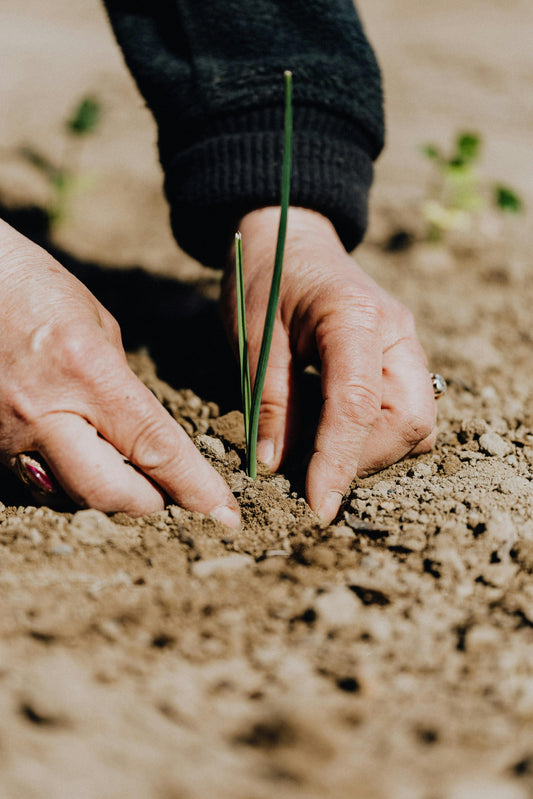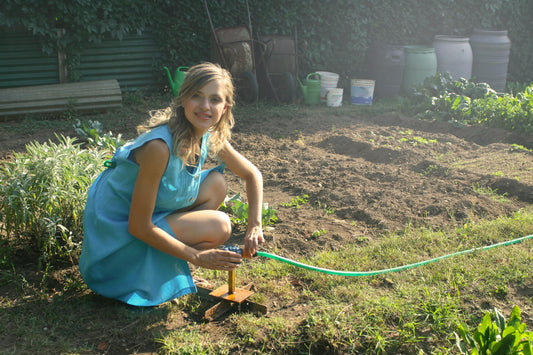From the bustling streets of Manhattan to the verdant expanses of Central Park, the soils of New York City and its surrounding areas tell a tale of geological history, urbanization, and ecological adaptation. This mosaic of soil types, shaped by millennia of natural processes and human activity, plays a crucial role in sustaining ecosystems, supporting infrastructure, and shaping the city's identity.
Alluvial Soils: The Hudson River, winding its way from the Adirondack Mountains to the Atlantic Ocean, has played a pivotal role in shaping the landscape of New York City and its environs. Along its banks lie vast expanses of alluvial soils, deposited over centuries by the river's meandering flow. These fertile soils, rich in organic matter and minerals, have historically supported agriculture, particularly in regions like the Hudson Valley and Long Island. The legacy of alluvial soils in New York City's history is evident in the thriving agricultural communities that once dotted the landscape and continue to influence the region's culinary traditions.
Clay Soils: In parts of New York City, particularly in areas like Brooklyn and Staten Island, clay soils dominate the landscape. Derived from the weathering of underlying bedrock and glacial deposits, clay soils are characterized by their fine particles and ability to retain water. While this water-holding capacity can be advantageous for supporting vegetation, clay soils also pose challenges for construction and urban development. Their tendency to shrink and swell with changes in moisture content can lead to structural issues in buildings and infrastructure, necessitating careful engineering and management practices.
Sandy Soils: Along the coastal fringes of New York City, from the Rockaways to Coney Island, sandy soils predominate. Derived from the erosion and deposition of sediment by ocean currents and waves, sandy soils are characterized by their coarse texture and excellent drainage properties. While these soils may lack the fertility of alluvial soils, they are well-suited for supporting coastal ecosystems and vegetation adapted to sandy conditions. Additionally, sandy soils play a crucial role in mitigating flooding and erosion along the city's shoreline, acting as natural buffers against storm surges and sea-level rise.
Rocky and Gravelly Soils: The rugged terrain of the Hudson Highlands and the Ramapo Mountains, located to the north of New York City, is characterized by rocky and gravelly soils. These soils, formed from the weathering of underlying bedrock, are interspersed with boulders, cobbles, and gravel deposits left behind by retreating glaciers. While rocky and gravelly soils pose challenges for traditional agriculture, they provide habitat for unique ecosystems and support vegetation adapted to rocky terrain. In urban areas, rocky soils can present obstacles to construction and landscaping but also offer opportunities for creative design and ecological restoration.
Glacial Till: The imprint of past glaciations is evident in the landscape of New York City and its surrounding areas, where deposits of glacial till are widespread. Composed of a mixture of clay, silt, sand, and gravel, glacial till is the legacy of the movement and melting of glaciers during the Pleistocene epoch. These heterogeneous deposits form a substrate that influences soil formation and land use patterns across the region. Glacial till can vary in composition and texture, creating a patchwork of soil types that shape the distribution of vegetation and landforms.
Urban Soils: As one of the largest and most densely populated cities in the world, New York City has undergone extensive urbanization, resulting in the development of anthropogenic soils shaped by human activity. These urban soils encompass a wide range of materials and conditions, reflecting the diverse history and infrastructure of the city. From compacted soils beneath skyscrapers to reclaimed landfills turned into parks, urban soils are a testament to the dynamic relationship between nature and civilization in the urban environment. However, urban soils also face challenges such as contamination from pollutants, compaction from heavy foot traffic and construction, and loss of biodiversity due to habitat fragmentation.
Wetland Soils: The coastal wetlands and marshes surrounding New York City, including Jamaica Bay and the Meadowlands, are characterized by unique soil types adapted to fluctuating water levels and saline conditions. These wetland soils, known as hydric soils, are formed under anaerobic conditions where oxygen is limited, leading to the accumulation of organic matter and the development of distinctive soil horizons. Wetland soils play a crucial role in filtering pollutants, absorbing floodwaters, and providing habitat for diverse plant and animal species. However, wetland soils are also highly vulnerable to degradation from human activities such as dredging, pollution, and habitat loss, making their conservation and restoration a priority for environmental stewardship.
In Conclusion: In conclusion, the soils of New York City and its surrounding areas represent a complex tapestry of geological processes, human intervention, and ecological adaptation. From the fertile alluvial plains of the Hudson Valley to the rocky uplands of the Hudson Highlands, each soil type has its own unique characteristics and significance in shaping the landscape and supporting ecosystems. Understanding and managing these soils is essential for sustainable development, environmental conservation, and resilience in the face of urbanization and climate change. As stewards of the land, it is our responsibility to safeguard the rich diversity of soils that underpin the vitality and resilience of New York City's urban ecosystem.
Here are some places where soil sampling supplies can be found:
- Urban Garden Center: Sprawling family-owned garden resource for plants, seeds, sod, tools, accessories & firewood. It has 4.3 star rating on Google Maps.
- Garden Center at The Home Depot on 980 3rd Ave, New York, NY 10022, USA. It has 4.7 star rating on Google Maps.
- United Garden Center on 1960 Adam Clayton Powell Jr Blvd, New York, NY 10026, USA. It has 4.9 star rating on Google Maps.
- Garden Center at The Home Depot on 40 W 23rd St, New York, NY 10010, USA. It has 4.2 star rating on Google Maps.
- Chelsea Garden Center Williamsburg on 87 Havemeyer St, Brooklyn, NY 11211, USA. It has 4.4 star rating on Google Maps.












